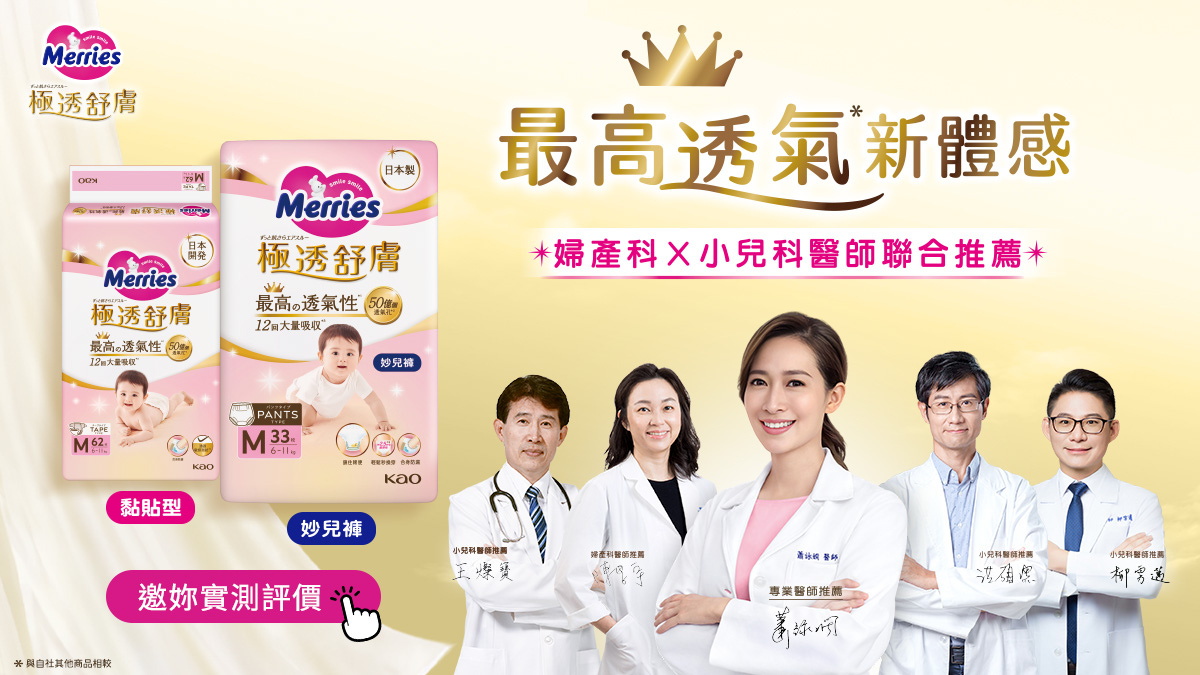close
15類個人護理產品有毒成分
1. Synthetic fragrances 合成香料
often contain phthalates (pronounced THAY-lates), synthetic chemicals commonly used to stabilize fragrances and make plastic more pliable. These endocrine disrupters mimic hormones and may alter genital development. Avoid products that list fragrance as an ingredient unless the label states that it’s derived from essentials oils, or look for a phthalate-free label on the packaging.
2. Parabens 羥基苯甲酸,
ubiquitous in skincare, preserve other ingredients and extend a product’s shelf life–but these antimicrobial chemicals also have hormone-disrupting effects.
3. Ureas 尿素,
formally known as diazolidinyl urea, imidazolidinyl urea, or DMDM hydantoin and sodium hydroxymethyl-glycinate, are preservatives that have the potential to release formaldehyde in very small amounts and are a primary cause of contact dermatitis.
4. 1,4-dioxane 二氧六環 ,
a chemical carcinogen, is created when ingredients are processed with petroleum-derived ethylene oxide. Common ethoxylated compounds include sodium laureth sulfate and polyethylene glycol (often listed as PEG). To avoid it, skip any product with the following ingredients: myreth, oleth, laureth, ceteareth (or any other -eth), PEG, polyethylene, polyethylene glycol, polyoxyethylene, or oxynol.
5. Petrochemicals 石油化學製品
are derived from crude oil. Petroleum-based ingredients such as petrolatum, mineral oil, and paraffin (derived from nonrenewable sources) form a barrier when applied to the skin that does not allow it to breathe and can clog pores.
6. MEA/DEA/TEA are “amines” (ammonia compounds 氨化合物 )
and can form harmful nitrosamines when they come in contact with nitrates. Used as foaming agents, synthetic stabilizers, and to adjust the pH of cosmetics, they can cause allergic reactions, eye irritation, and dryness of the hair and skin.
7. Sulfates 硫酸鹽 , such as sodium lauryl and sodium laureth, are harsh detergents that give cleansers, soaps, and shampoos their latherability. Often derived from petroleum, sulfates can also come from coconut and other vegetable oils that can be contaminated with pesticides. Sulfates can cause eye irritation and skin rashes.
8. Chemical sunscreens, such as oxybenzone 氧苯酮 and octyl methoxycinnamate 辛基甲氧基 , have been shown to disrupt endocrine activity. Titanium dioxide and zinc oxide are safer alternatives.
9. Quats, such as benzalkonium chloride 苯扎氯銨 , steardimonium chloride, cetrimonium bromide, and cetrimonium chloride, give a positive charge to conditioners in order to prevent static. They are necessary for conditioners, but we have allowed only the mildest quats in our Beauty With a Conscience standard: guar hydroxypropyltrimonium chloride, hydroxypropyltrimonium oligosaccharide, and SugaQuats.
10. Antibacterial compounds 抗菌化合物 ,
such as triclosan and chlorphenesin, do not break down in the environment and may contribute to bacterial resistance.
11. Synthetic polymers 合成聚合物 ,
such as sodium polyacrylate and carbomer, come from petroleum and give viscosity to skincare products. They are highly processed and their manufacture
creates toxic by-products.
12. Synthetic colors 合成顏色
are made from coal tar. They contain heavy metal salts that may deposit toxins onto the skin, causing skin sensitivity and irritation. Animal studies have shown almost all of them to be carcinogenic. They will be labeled as FD&C or D&C, followed by a color and a number.
13. Chelators 螯合劑 ,
such as disodium EDTA and tetrasodium EDTA, are used in personal care products to remove impurities from low-quality raw materials. They do not readily biode-
grade in the environment.
14. Nanos 納米 are a new technology with inconclusive but potentially hazardous study results. Research suggests that when tiny nano particles penetrate the skin, they may cause cell damage.
15. Animal testing 動物試驗 : A grim history of cruelty to animals lies behind many cosmetic ingredients. But scientists are developing new technologies to test cosmetics before a European Union ban on animal testing begins in March 2009.
全站熱搜
 留言列表
留言列表


